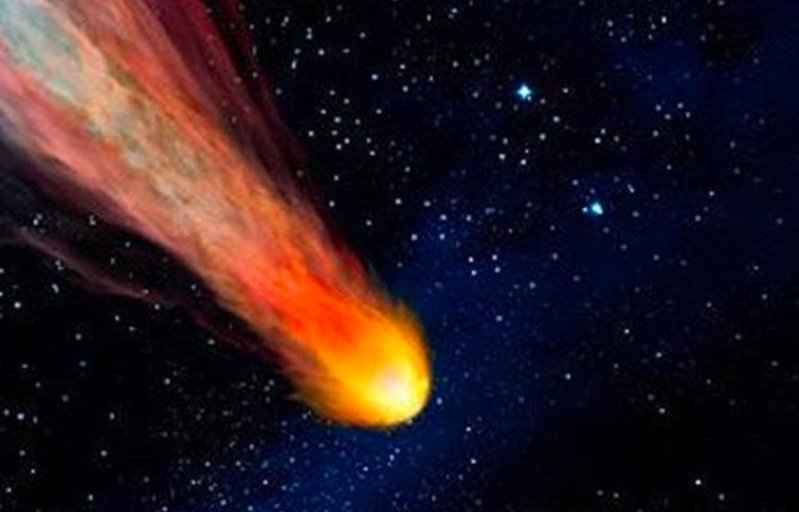Geologists have revealed a groundbreaking discovery that shifts the timeline of a significant meteorite strike in Scotland by 200 million years. This revised understanding promises to reshape the geological history of the region and its early land life.
Revising Scotland’s Geological Timeline
For years, researchers believed that a massive meteorite struck northwestern Scotland about 1.17 billion years ago, creating the Stac Fada Member rock formation. However, a new study has revealed that this event occurred around 990 million years ago, a full 200 million years later than initially thought.
The discovery came after scientists studied ancient zircon crystals found within the Stac Fada Member. These crystals, which can survive for billions of years, were used as a time-stamping mechanism to more accurately pinpoint when the meteorite impact occurred.
The difference in timing may seem small, but its implications are far-reaching. It essentially rewrites the geological history of the region, offering fresh insights into Earth’s early history and the evolution of life.

Impact on Early Life in the U.K.
What makes this discovery particularly significant is the context in which the meteorite impact took place. Around 990 million years ago, when the meteorite struck, the Earth was home to some of the earliest forms of life on land. These included microscopic freshwater organisms, which were precursors to the plants, animals, and fungi that would later dominate life on Earth.
According to researchers from the University of St Andrews, this event could have had far-reaching effects on the development of life, as it coincided with a period when these early organisms were starting to emerge. By pinpointing the exact timing of the meteorite strike, scientists can now more accurately place it within the broader narrative of Earth’s evolutionary timeline.
Why This Discovery Matters
The shift in the meteorite’s impact date challenges long-held assumptions about Earth’s geological history. For geologists, this finding represents a significant moment in understanding the development of life and the planet itself.
Zircon crystals are often referred to as “time capsules” because of their ability to preserve ancient information about Earth’s history. In this case, their study provided the necessary data to adjust the meteorite’s timing and, by extension, the timeline of biological evolution during the late Precambrian era.
Researchers now plan to conduct further investigations to explore how the meteorite’s impact may have influenced the environment and biological evolution at the time. The new date could lead to revised theories on how meteorite strikes may have affected the early conditions for life on Earth, particularly in the region that is now Scotland.


















